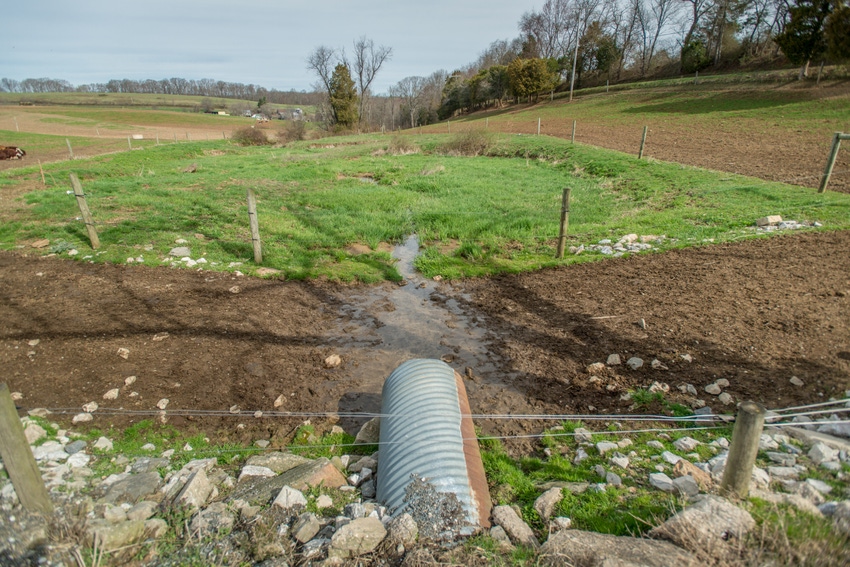April 16, 2018

Source: Penn State University
Rills are small signs of erosion due to concentrated flow in the fields. These rills can become gullies so deep that farm equipment cannot easily cross them anymore. Reports have come in about concentrated flow leading to rills and gully formation over the winter. Before widespread adoption of no-till, one would smooth the field every year, which covered up the problem without addressing the cause. Now, we want to be smarter by both repairing erosion damage and armoring the soil so it doesn’t happen again.

Here are a few tips:
Do not till the entire field. Tillage only helps to cover up your mistakes, not fix them. The only tillage justified is to repair the gullies and then to change management to address the cause of gully formation.
Guarantee high residue cover throughout the crop rotation.
Plant cover crops immediately after harvest - what we are trying to emulate is the grassed waterway with its massive root system and surface cover that holds the soil in place.
Plant cover crops in the areas of concentrated flow.
Maintain soil structure by avoiding compaction.
Plant on the contour. This conservation practice is still highly relevant to avoid runoff along the rows.
Install subsurface drainage system if needed. This may be the solution if the causes of gully formation are seeps and springs.
Install terraces and diversions to help shorten slope length thereby reducing the potential of gully formation.
Divert road runoff. Often a gully starts right at the low point of a road where road runoff enters the field or where a culvert channels runoff from above a road into a field. A diversion may be needed to make sure water fans out. A sedimentation basin and possible subsurface drainage may be the solution if the water can be taken to a safe outlet.
Consider installing grass waterways as time and resources permit. Grass waterways may be a costly practice but are also effective at preventing gully formation.
You May Also Like




